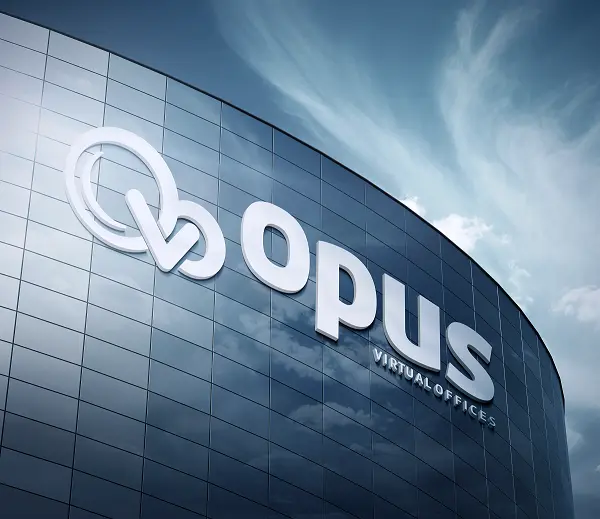AI in Your Workplace, From Code to Cubicle
AI’s role in your workplace odyssey
AI is like that indispensable tool you never knew you needed until it was everywhere! In the wild world of business today, it’s not just about keeping up – it’s about kicking things up a notch. So, let’s talk about diving into the AI pool and riding the wave of the modern corporate scene. Imagine it as your secret weapon for not just surviving but thriving. It’s like upgrading your business game to the next level! And the best part? When you use AI in your workplace, you’re not just jumping on the bandwagon but embracing the change and letting technology turbocharge your ambitions. Remember that famous saying, “If you can’t beat ’em, join ’em”? Well, that’s the spirit – become part of the AI revolution! 🚀
Once you’ve pondered whether AI has a place in your business, it’s essential to explore where it fits—especially with GPTs, which have gained substantial traction in today’s AI landscape. So, let’s navigate through various aspects of your business to understand how GPTs can complement your work strategy.
The Boundaries of GPTs in Production Code
Using GPTs to generate production code might sound tempting, but it’s a slippery slope. Exploitation and cybersecurity concerns immediately rear their heads. The risk of malicious code injection and vulnerabilities is significant, a reality exemplified by crypto heists that swiftly drain fortunes. The inherent limitations of all code, be it machine or human-generated, lie in its vulnerability at the breaking point. The unforeseen scenarios, the “what-ifs,” pose challenges. These outliers emerge when a developer faces the unexpected, often triggered by “that one idiot” committing a seemingly inexplicable action.
However, GPTs can be a tremendous asset in assisting your coding endeavors. Think of GPTs as the autonomous self-driving mode for coders. You can relinquish control, allowing the machine to navigate while maintaining a keen eye on the road ahead. It’s crucial to discern the limits of machine autonomy and ensure human intervention when dealing with serious tasks, such as client-facing projects, transactions, and security measures.
GPTs and the Art of Asset Creation
Creating non-code assets using GPTs is an avenue that warrants exploration. While generating low-value assets might be suitable, treading cautiously is crucial, especially concerning intellectual property. GPTs borrow and blend from existing works, relying on the original work of others. While the creators behind GPTs strive to conceal these origins, the risk of profiting from others’ ideas remains. Balancing GPT-assisted asset creation with the preservation of authenticity is essential.
Elevating Customer Support with GPTs
GPTs find a natural home in customer support automation. While it may occasionally irritate customers, automated support is an accepted norm. As we step into an era where customer-centric approaches hold greater significance, harnessing GPTs for 80% of support while maintaining a human touch for the remaining 20% can be a winning formula. Investing in human interaction pays off, providing an avenue for immediate problem-solving and preserving the customer experience.
GPTs as the Marketing Maestro
Marketing holds a unique place in the AI landscape. Content marketing, in particular, poses challenges for GPTs. Their focus on efficient information delivery often clashes with the art of capturing attention and fostering engagement. An illustrative example comes from The Associated Press, which combines human analysis with GPT-generated content for diverse company reports. Applying this strategy to content marketing involves crafting a symbiotic relationship between GPTs and human creativity, enhancing the end product with your brand’s distinct voice.
GPTs in Sales: Beyond the Human Touch
GPTs can be a game-changer in sales, particularly as your company gains momentum. Automating transaction mechanics and even aspects of personalization can streamline the sales process. However, starting with a human touch and transitioning to GPTs as your sales flywheel gains momentum is a prudent approach. It’s a testament to the power of GPTs in scaling sales while retaining the authenticity of human interaction.
Making Informed Choices: The 80/20 Rule
Ultimately, the decision to integrate GPTs into various aspects of your business hinges on the interplay between benefits and costs. The 80/20 rule is a guiding principle, directing your choices toward a balanced synthesis of AI and human expertise. GPTs offer predictive decision-making capabilities, but the extent of their involvement depends on your unique context.
Opus Virtual Offices
In a world where AI continues to reshape the landscape of work, thoughtful integration of GPTs within your virtual office strategy can lead to remarkable efficiencies and enhanced customer experiences. Balancing the innovative potential of AI with the intrinsic value of the human touch will position your business for success in this evolving era.
Opus Virtual Offices is a B2B provider of virtual services to enhance your already prosperous business or grow your new idea into a blockbuster. With services such as live reception, call answer, call forwarding, and much more, a virtual office may be exactly what you need to grow your company to new heights!


























